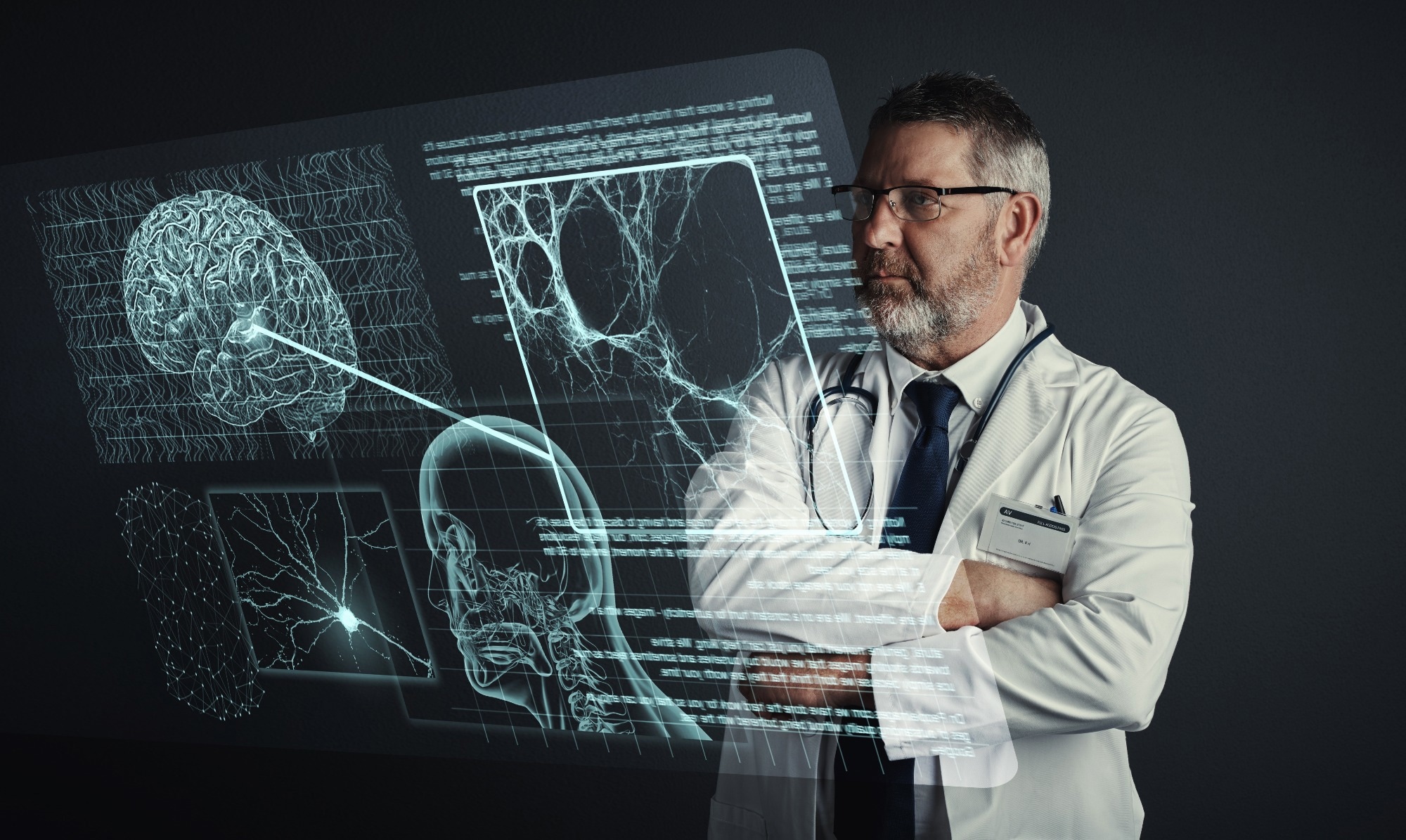In an article published in the journal Nature Communication, researchers from the Shanghai Jiao Tong University and the Chinese University of Hong Kong proposed a deep learning-based motor assessment model (MAM) that can automate general movement assessment (GMA) and predict the risk of cerebral palsy (CP) by analyzing the spontaneous movements of infants.
 Study: Deep Learning-Based Motor Assessment Model for Early Cerebral Palsy Prediction in Infants. Image credit: PeopleImages.com - Yuri A/Shutterstock
Study: Deep Learning-Based Motor Assessment Model for Early Cerebral Palsy Prediction in Infants. Image credit: PeopleImages.com - Yuri A/Shutterstock
Background
GMA is valuable for assessing the potential presence of motor abnormalities and the integrity of the developing nervous system in infants. It evaluates the quality of general movements (GMs), which are spontaneous movements of infants in different age stages. One of the key stages is the fidgety movements (FMs) stage, which occurs between 9 and 20 weeks of corrected age. FMs are characterized by variable acceleration, moderate speed, and arrangement of the trunk, limb, and neck in various directions.
The unavailability of FMs is reliable for predicting cerebral palsy (CP). CP is a common motor disability or dysfunctionality in childhood, affecting the balance, movement, and posture of individuals. Early screening and intervention are crucial for optimizing brain development and minimizing the adverse effects of CP. However, the current screening tool, the Prechtl General Movements Assessment (GMA), requires highly trained professionals and is not widely accessible.
Artificial intelligence has shown great potential in automating and quantifying GMA using computer vision and machine learning techniques. Previous studies have used wearable sensors, motion capture markers, or video-based methods to extract motion data and predict CP, GMs, or other motor impairments. However, these methods have some limitations, such as being invasive, expensive, or lacking interpretability and quantification.
About the Research
In the present study, the authors developed a deep learning-based MAM using a 3D pose estimation technique to predict the coordinates of critical joints in infant videos and introduced a distance representation method to capture the overall motion patterns. This is multi-instance multimodal MAM is based on the Transformer architecture and uses infant movements and essential characteristics, such as sex, gestational age, birth weight, and assessment age to achieve accurate predictions of GMs at the FM stage.
It also adheres to the principles of GMA and exhibits robust interpretability, as it can accurately identify FMs within videos, showing substantial agreement with expert assessments. Moreover, a quantitative GMA diagnosis technique is proposed based on the observed frequency of FMs, which achieved high accuracy and enhanced the diagnostic accuracy of GMA beginners.
Research Findings
The performance of the MAM was tested in both internal and external datasets, consisting of high-risk infants from Shanghai Children’s Hospital. The MAM outperformed other state-of-the-art methods in terms of accuracy, sensitivity, specificity, and positive predictive value. It achieved an area under the curve (AUC) of 0.973 in the internal dataset and 0.967 in the external dataset, indicating strong performance in predicting GMs.
The capability of the MAM in identifying FMs, which is essential for GMA was investigated by converting FM probabilities obtained by MAM into FM clips or non-FMs clips and comparing them with the expert evaluations. The MAM achieved a median kappa value of 0.601 in the external dataset, indicating substantial agreement with the experts. The proportion of FM clips in an entire video, termed "FM frequency," distinguished between normal and risk group videos and between continuous and intermittent FM videos with high accuracy. These results demonstrated the effectiveness of the quantitative GMA method proposed in this study.
The researchers also examined the MAM’s capacity to assist GMA beginners, who may have difficulty in distinguishing FMs from other movements. They compared the diagnostic accuracy of three GMA beginners with and without MAM's assistance on the external dataset. The MAM improved their accuracy by an average of 11.0%, indicating that it could provide valuable reference points for beginners and help them build confidence in assessing infants.
Applications of MAM
The developed MAM holds the potential to significantly streamline early CP screening and revolutionize the field of video-based quantitative medical diagnostics. It can aid GMA experts and beginners, as well as an alternative solution for low- and middle-income countries and regions that lack GMA training. Furthermore, it can enable screening of CP by analyzing videos recorded by parents or caregivers at home, allowing for timely detection and intervention of motor dysfunctions.
The MAM can also serve as a screening tool for large-scale population screening, making it possible to detect CP risk at an early stage and optimize the intervention outcomes. Its high sensitivity, interpretability, and quantification make it a powerful and reliable tool for evaluating the developmental status of infants’ nervous systems.
Conclusion
In summary, the research proposed a quantitative and explainable MAM model based on deep learning to automate GMA and facilitate early screening of CP. The model followed the principles of GMA and outperformed existing methods in terms of accuracy and reliability. It also demonstrated the ability to identify and quantify FMs, enhancing the transparency and objectivity of the assessment. The MAM can be applied to various scenarios and populations, advancing video-based quantitative medical diagnostics.